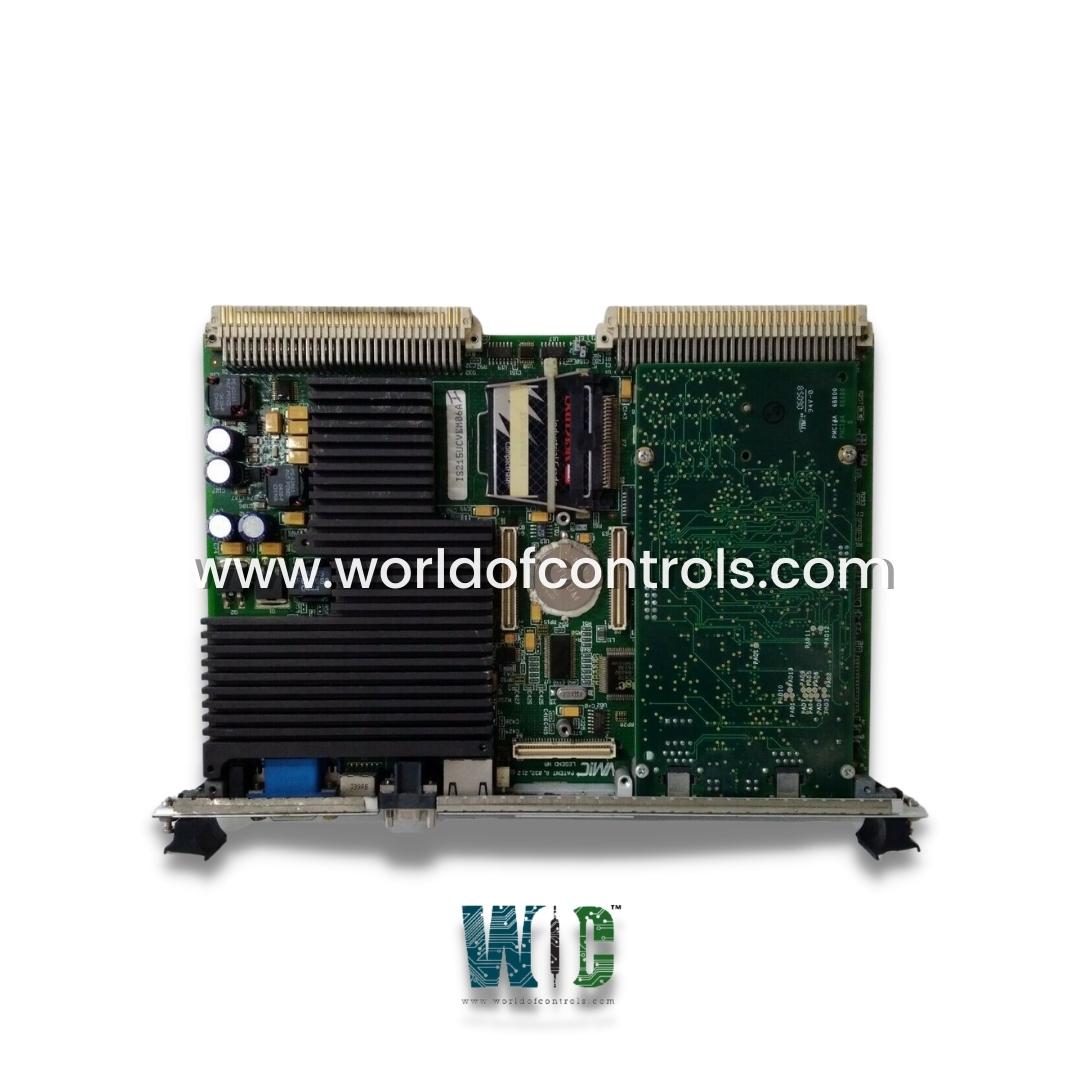
World Of Controls understands the criticality of your requirement and works towards reducing the lead time as much as possible.
IS215UCVEM05A - Standard Controller is available in stock which ships the same day.
IS215UCVEM05A - Standard Controller comes in UNUSED as well as REBUILT condition.
To avail our best deals for IS215UCVEM05A - Standard Controller, contact us and we will get back to you within 24 hours.
Part Number: IS215UCVEM05A
Manufacturer: General Electric
Series: Mark VI
Function: Standard Controller
Availability: In Stock
Microprocessor: Intel Celeron 300 MHz
Operating System: QNX
Country of Manufacture: United States (USA)
IS215UCVEM05A is a Standard Controller developed by GE. It is a part of Mark VI control system. This controller serves as the central processing unit in Mark VI-based control architectures, executing control logic, managing I/O communication, and interfacing with system networks. Its design emphasizes reliability, modularity, and compatibility with GE’s control infrastructure.
A critical feature of the UCVEM05A controller is its network communication capability, particularly through its integrated 10BaseT/100BaseTX Ethernet port, which connects the controller to the Unit Data Highway (UDH). The UDH is GE’s high-speed network infrastructure used for inter-controller communication, data exchange, and system-level coordination.
In addition to the primary Ethernet port, the controller also supports secondary Ethernet ports that can be assigned to a different IP logical subnet. This allows for enhanced communication flexibility, such as connecting to separate control domains, maintenance networks, or isolated systems for cybersecurity purposes. These additional ports enable integration with auxiliary devices and third-party systems, including Profibus or Modbus gateways.
Configuration of both the primary and secondary Ethernet ports is performed using GE Toolbox or ToolboxST, the engineering software suite used to configure, monitor, and maintain Mark VI systems. During system startup, the controller performs a hardware validation routine, comparing the actual hardware configuration to the stored Toolbox settings. If any discrepancies are detected—such as missing or mismatched ports—the controller can log the fault and halt the startup, ensuring operational integrity.
The use of a distinct subnet address for each Ethernet port allows the controller to uniquely identify and manage each network interface, thereby enabling segregated communication paths for control, diagnostics, and data logging. This network segmentation is especially beneficial in distributed or security-sensitive environments where network traffic isolation is a requirement.
WOC is happy to assist you with any of your automation requirements. Please contact us by phone or email for pricing and availability on any parts and repairs.
What is IS215UCVEM05A?
It is a Standard Controller developed by GE.
Which communication protocols are supported on the primary Ethernet port?
It supports TCP/IP for toolbox communications, EGD (Ethernet Global Data) for real-time data exchange with CIMPLICITY HMI and Series 90-70 PLCs, and Ethernet Modbus for interoperability with third-party DCS systems.
How is the primary Ethernet port used during system configuration?
The primary Ethernet port connects the controller to GE engineering tools such as Toolbox or ToolboxST, allowing configuration, diagnostics, and firmware management over TCP/IP.
Is the primary Ethernet port the only way to connect the controller to the network?
No, the controller supports additional secondary Ethernet ports that can be configured on separate logical subnets for different communication purposes.
Does the controller validate Ethernet port configurations?
Yes, upon power-up, the controller validates the configured Ethernet ports against the actual hardware and raises faults if mismatches are detected.